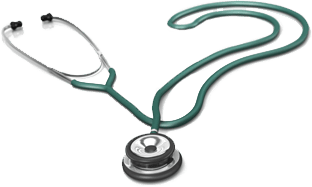Treatments to overcome lower back pain depend on a combination of things. First, we look at whether this is an acute or chronic condition and at how long it has been since the pain started. These factors all play a big role in what protocol we actually use when helping the patient out. As far as overcoming the pain, we would most likely start with the same thing: do a proper assessment as far as what needs to happen, and give the patient a series of home exercises. There is another important factor in treatment and prevention: the job a patient does and their position during work plays a big role as far as affecting a patient’s back. So, depending on if your job is physical or if you have a sitting-down job like most people do, the exercises and treatment alternatives will vary. Breaking the routine does play a big role, so going from a seated to a standing position, obviously, will help a lower back condition.
Lower back pain treatments largely depend on the condition we need to treat. We may be dealing with the severity of a bulging disc, with herniation, proliferation, prolapse. Depending on the condition, we treat according to protocol. So, someone who comes in with an acute condition they have not had in the past will usually get treated very conservatively with chiropractics, and that usually involves manual adjustments. For a more complex version, like spinal decompression, we concentrate on the disc to distract it out, depending on the size of the herniation.








